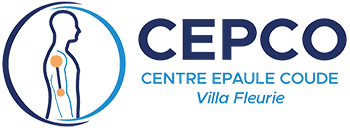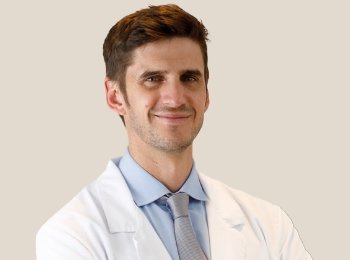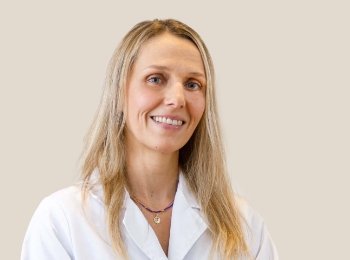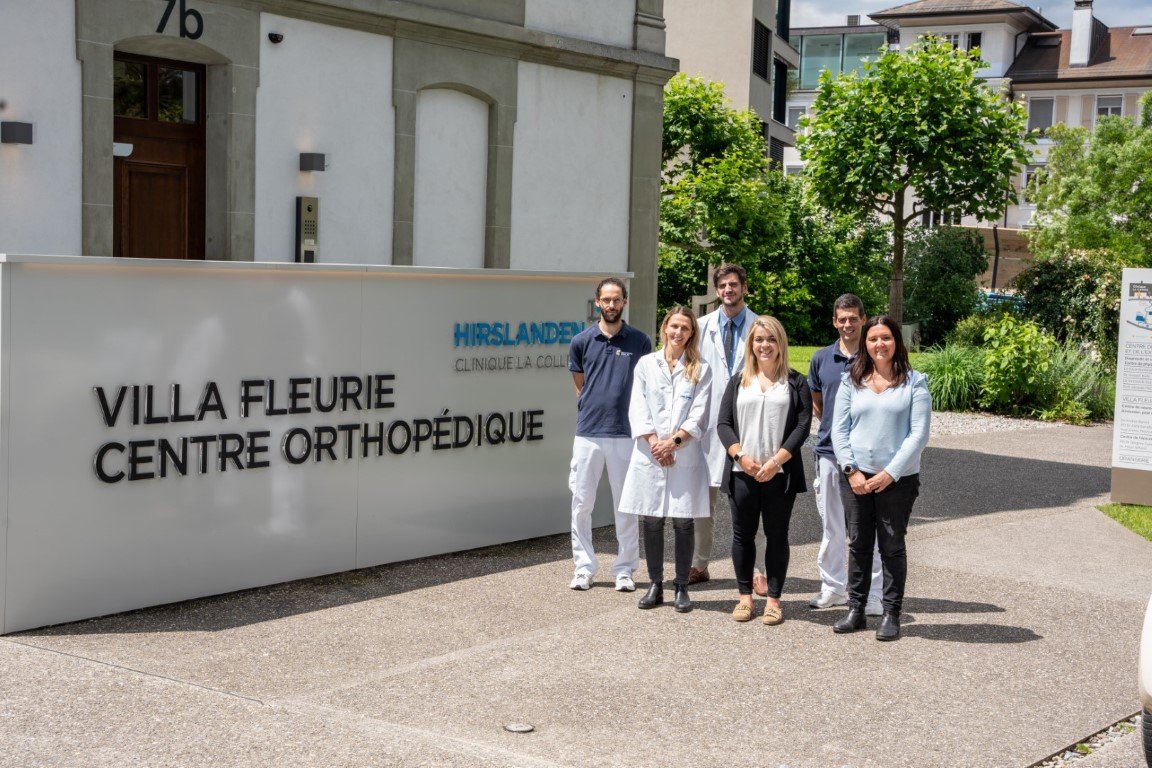Publication: Arthrosc Sports Med Rehabil. 2020 Jun 26;2(4):e333-e339. doi: 10.1016/j.asmr.2020.04.013. eCollection 2020 Aug.
Co-authors: Cunningham G, Charbonnier C, Lädermann A, Chague S, Sonnabend D.
Abstract:
Purpose: To quantify shoulder motion during Codman pendulum exercises.
Methods: Shoulder kinematics were analyzed in 17 healthy volunteers using a validated biomechanical model coupling patient-specific imaging and motion capture. Participants were instructed to perform medio-lateral, antero-posterior and circular pendulum exercises. Glenohumeral (GH), scapulothoracic (ST), thoracohumeral (TH) ROM and overall exercise amplitude were calculated for each sequence. Linear regression analyses were carried out to determine association between different components of shoulder motion.
Results: Mean overall exercise amplitude was 40.59±11.24° (range, 25.38 to 70.25°) for medio-lateral exercises, 46.5±22.02° (range, 20.68 to 100.24°) for antero-posterior exercises, and 20.28±7.13° (range, 10.9 to 35.49°) for circular exercises. Mean GH and ST involvement remained minimal, ranging from 6.74 to 13.81°, and 1.5° to 5.12°, respectively. There was no significant correlation between overall exercise amplitude and GH (R = 0.31, p = 0.01) or ST ROM (adjusted R2 = 0.57, p < 0.001), but a moderate correlation with TH ROM (R = 0.73, p < 0.001).
Conclusion: This study demonstrates that Codman pendulum exercises depend mainly on truncal movement and produce very little movement in the GH and ST joints. Although they may be a safe way to promote early general stretching of the upper limb, they may be of limited further use in restoring passive shoulder ROM.
Clinical relevance: This study quantifies motion during frequently administered shoulder rehabilitation exercises and shows that they do not produce significant movement in the shoulder. Their use in restoring passive range of motion is thus questionable.




